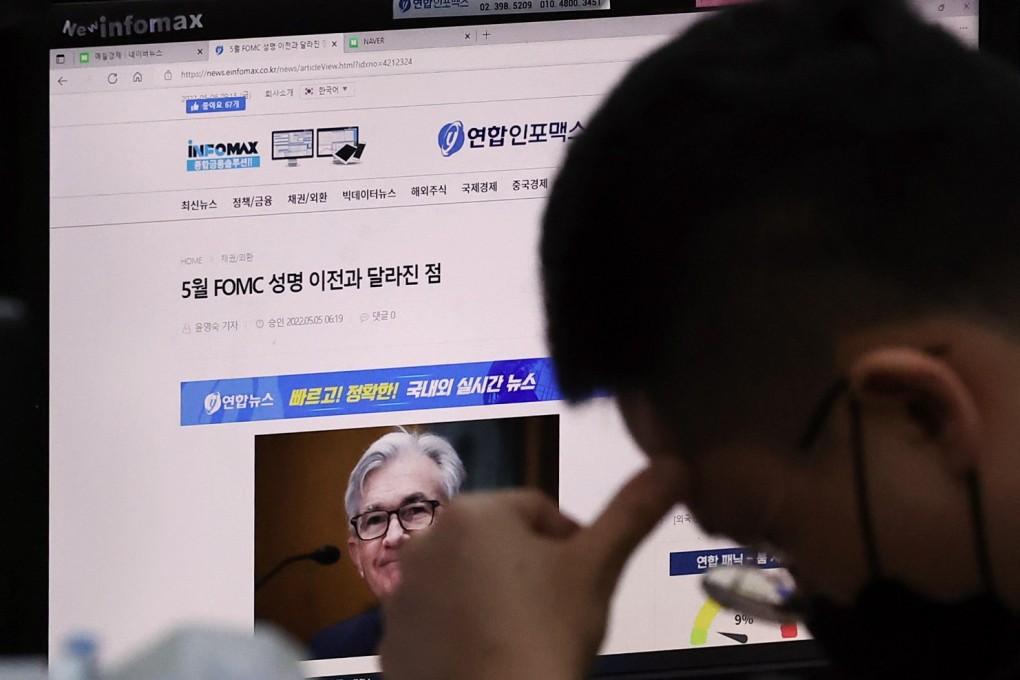Macroscope | Why a strong dollar could trigger a cost-of-living crisis in emerging economies
- A strong US dollar is driving inflation and slowing growth in emerging market economies as trade becomes more expensive
- Only when Fed hawkishness affects US growth expectations will dollar demand begin to ease, but the peak may still be a way off

Increased US dollar prices for commodities like oil and industrial metals creates an increased demand for the currency for transactional reasons. Higher bond yields and expectations of significant increases in US interest rates also fuel speculative demand for the greenback.
No reversal of this is likely until energy prices begin to subside, growth falters and the US Federal Reserve becomes significantly less hawkish. In short, it would take a significant growth slowdown or even a recession to bring the dollar down.
A strong dollar is not a deliberate US economic policy, but it suits the US at this stage of the inflationary cycle. All else being equal, currency strength helps contain inflation through limiting increases in import prices.
In turn, this reduces the need for even higher interest rates, which would bring about a sharp correction in the US housing market and raise the probability of a recession in 2023. This may happen anyway as there are signs that inflationary expectations are becoming unanchored.

